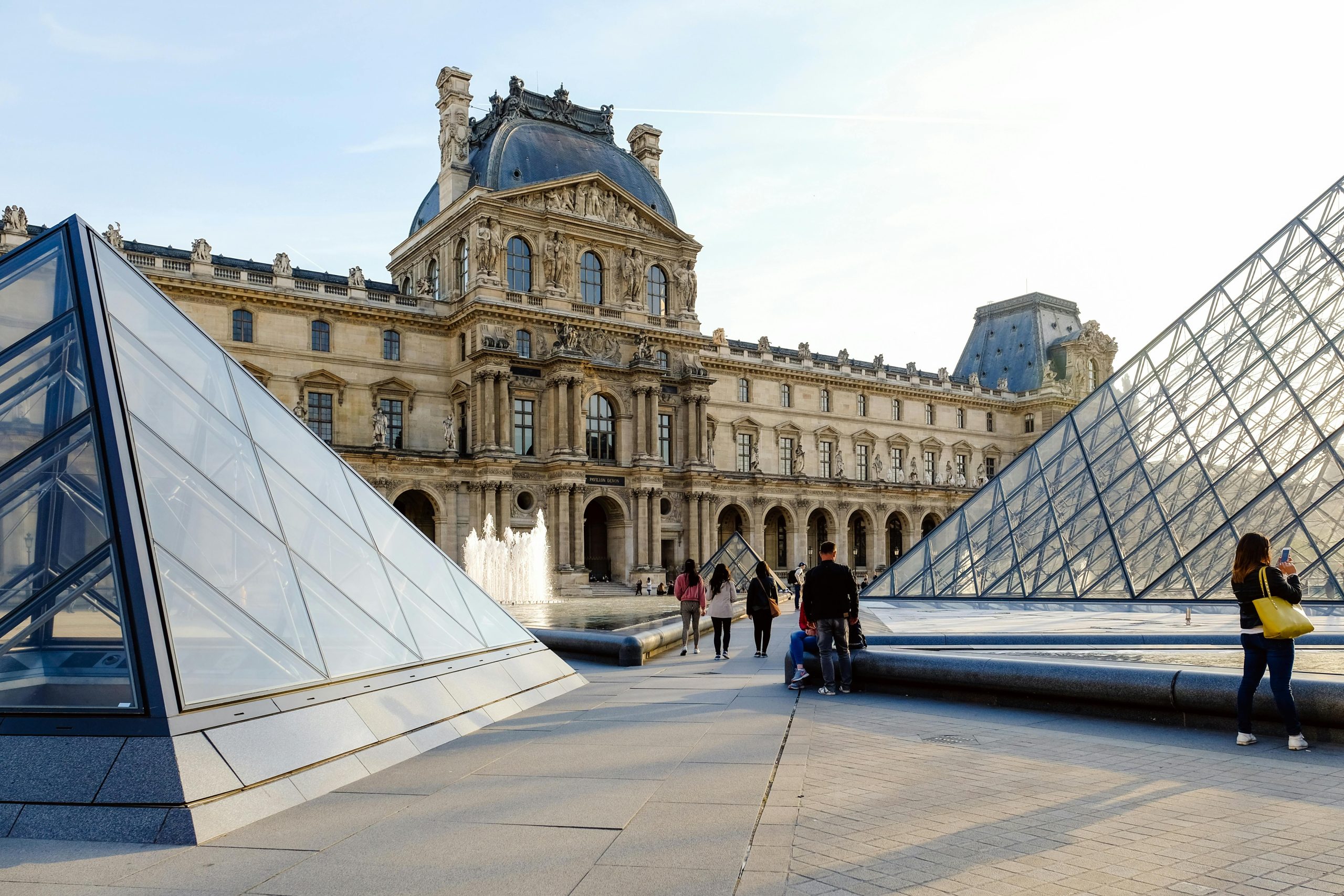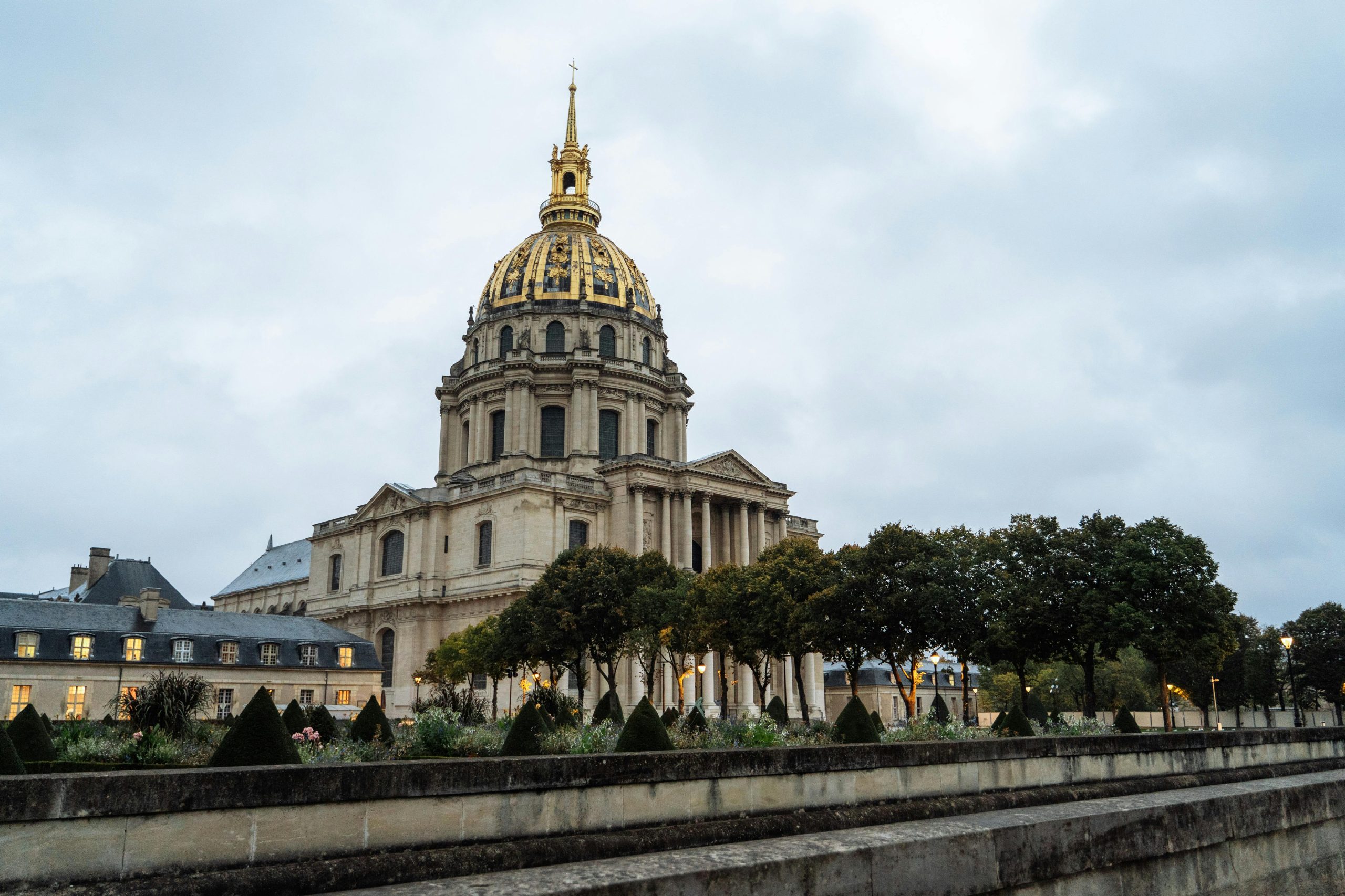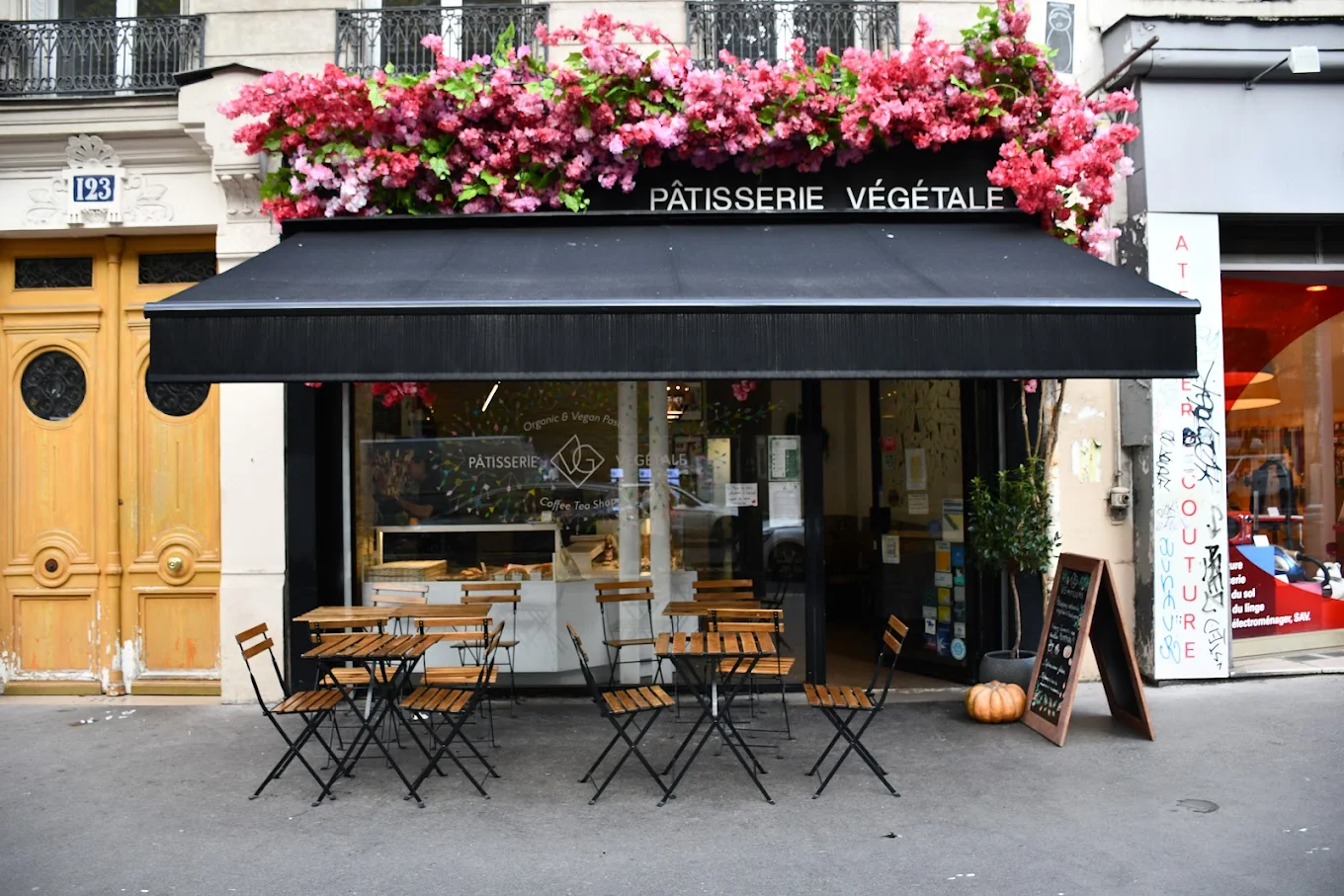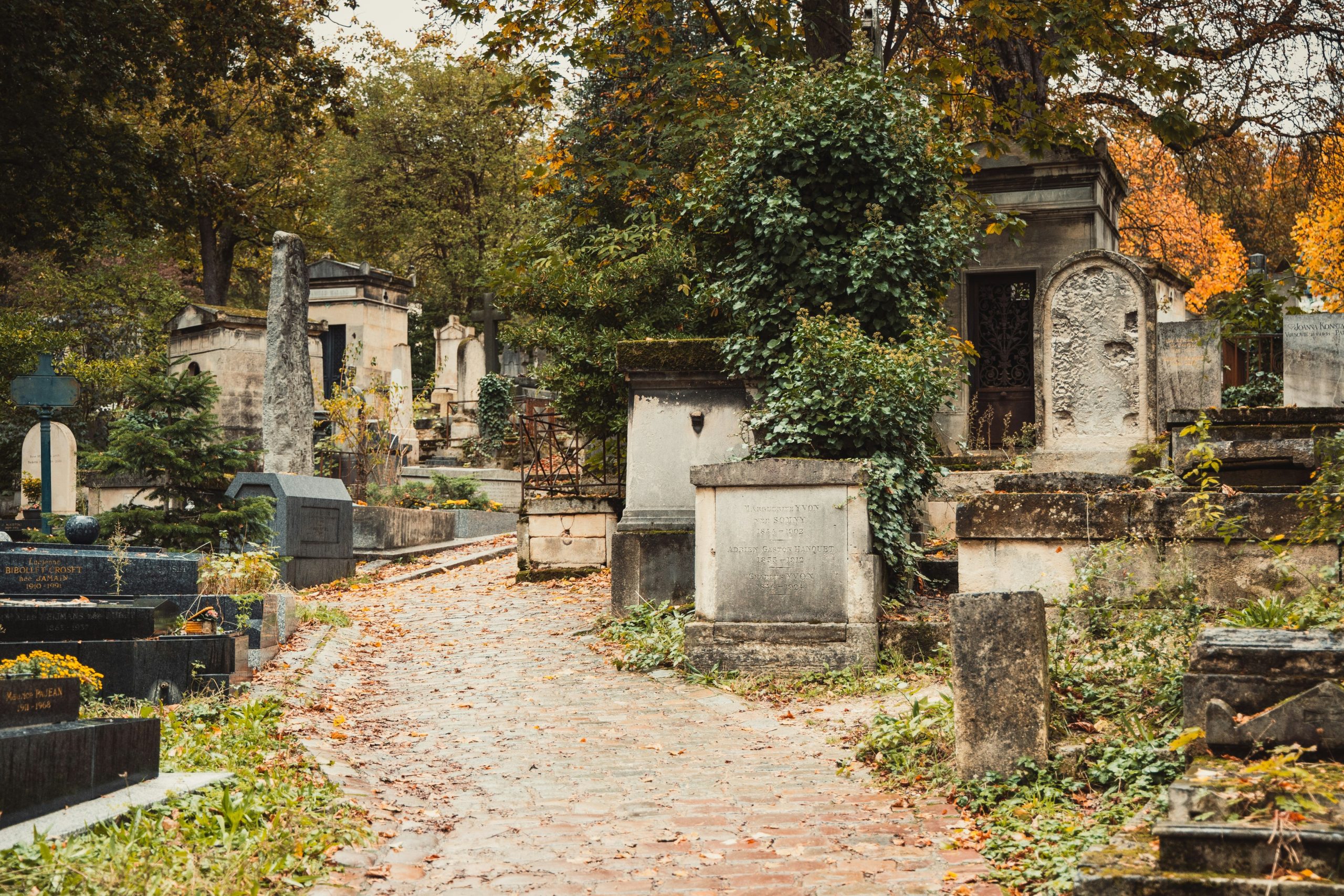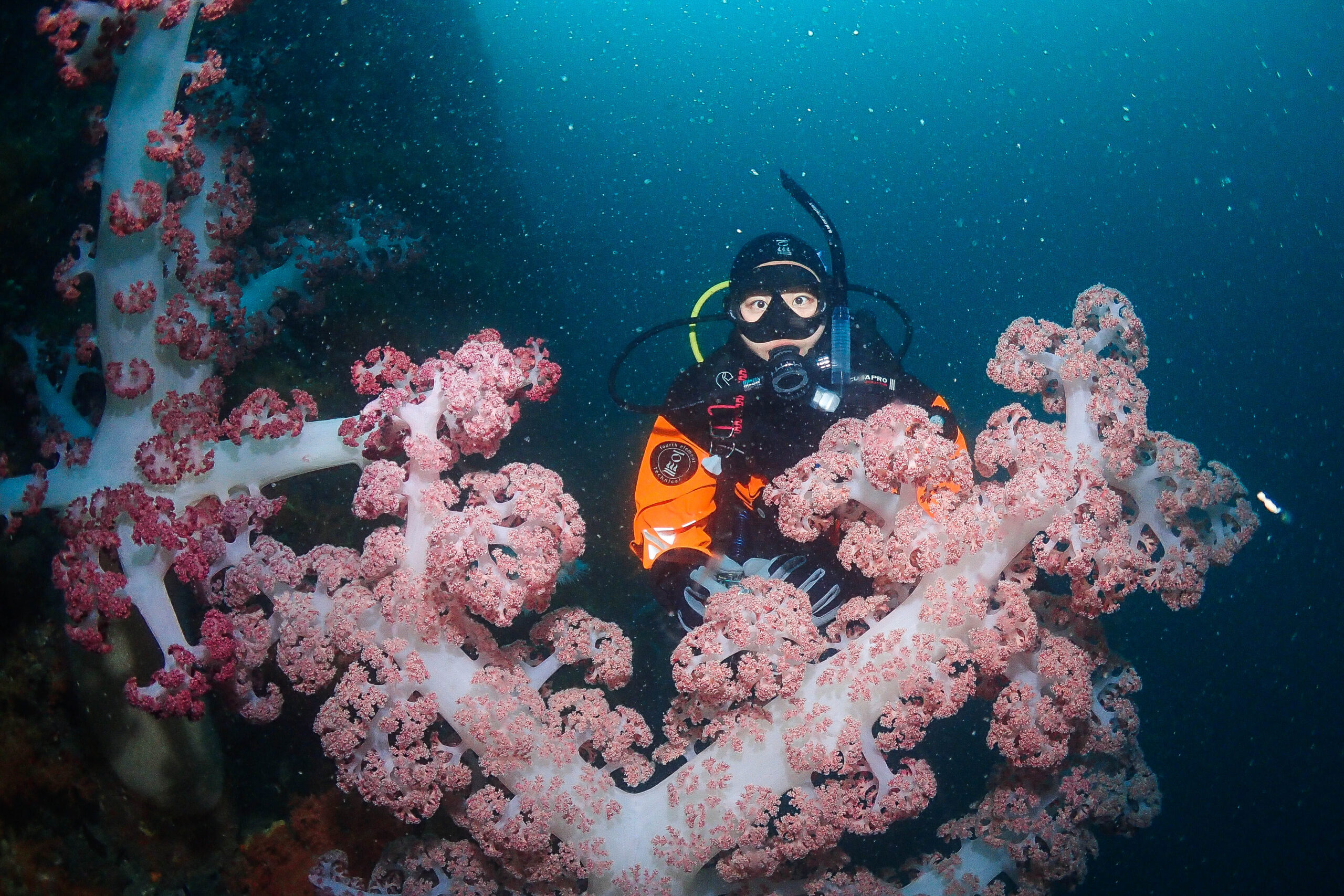In the Northeast corner of Puerto Rico, a short drive from the bustling streets of San Juan, there is a wonderful place that captivates visitors with its lush landscape and ecosystem. El Yunque Rainforest.

El Yunque Rainforest is the only rainforest in the United States National Parks System. If you like camping, long nature walks and silence, this is the place for you.

El Yunque’s history is as rich and remarkable as its landscape. The name El Yunque means ‘White Lands’ in the Taino language. The Taino are an indigenous people in the Caribbean and they believed that their gods lived in the El Yunque forest, so they attached great importance to it. However, this forest was named El Yunque when the Spanish colonists gave this name to the highest peak of the forest. It was declared a National Park by the United States in 1906 by Theodore Roosevelt.

As we drove deeper into the forest, the sounds of vehicles began to give way to the sounds of birds. We later learned that El Yunque is home to 16 different bird species that are found nowhere else in the world. Among them is the Puerto Rican parrot. The Puerto Rican parrot is one of the species that need to be protected because their populations continue to decline due to the pressure of urbanization.

Another inhabitant of this forest is the Coqui Frog, a small amphibian species.
Of course, what you will see in this forest, which is about 28,000 acres wide, is not limited to these. We saw more than 240 species of trees and plants, ferns, orchids and bromeliads. If you are interested in botany, this is a paradise. The most famous tree species are the giant Tabonuco trees, which reach more than 30 meters in height.


The most interesting information I learned while walking in El Yunque is about determining the age of trees. In temperate regions, trees have distinct growing seasons, and these seasonal transitions cause rings to form in the tree. By counting these rings we can calculate the age of the tree. So far, we all know this. But in the rainforest the climate is more stable throughout the year. Constant temperatures and abundant rainfall. So there are no seasonal transitions. The lack of seasonal transitions means that the trees don’t form rings from which we can estimate their age. This prevents us from making a reliable age estimate. Instead, they try to make estimates based on the pores of the tree and the thickness of the bark, although this is not very valid.

Speaking of climate, the average temperature in the forest is between 21C and 27C. Slightly lower temperatures are possible at higher altitudes. Since the humidity is very high, the temperatures feel a little higher.


El Yunque shows us that Puerto Rico offers not only history and culture, but also incredible natural beauty and biodiversity. Whether you are an avid hiker, birdwatcher or just someone who appreciates the tranquility of nature, El Yunque promises an unforgettable experience.
See you in the next article






